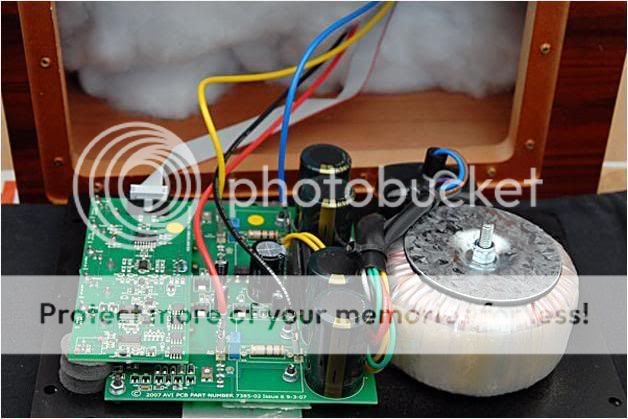Ashley James
Banned: bad debt
I don't have as implied, but I'm more than happy to compare the relative merits of ours and other products like Boeing and Airbus do for example.
Geoffrey Horn is in his late eighties now and quite frail, he hasn't reviewed since Gramophone was acquired by Haymarket some years ago.
Believe it or not Geoffrey designed Quad's original AM and FM tuners and was a lifelong friend of Peter Walker, both were lovely people and full of fun.
Ash
Geoffrey Horn is in his late eighties now and quite frail, he hasn't reviewed since Gramophone was acquired by Haymarket some years ago.
Believe it or not Geoffrey designed Quad's original AM and FM tuners and was a lifelong friend of Peter Walker, both were lovely people and full of fun.
Ash


